Gwalior, named after saint Gwalipa, is a small city, though there is a lot to see. I went there unplanned and not with a lot of hopes, but returned with tons of memories, surprises and amazing experience of the city, that is a great example of – a combination of ancient and modern.
Read: Gwalior – A City With Music in its Soul
Here are 16 places you must visit in Gwalior
1. Jai Vilas Palace & Museum
Built in 1874, by Maharaj Jayajirao Scindhiya, this stunningly
beautiful grand and gorgeous royal palace having 3 gates, 35 rooms and Asia’s largest hall carpet, is the current residence of the royal family of Gwalior.
The two 12.5m-high, 3.5-tonne chandeliers with 250 light bulbs, are the pair of 3rd largest chandeliers in the world. There is a story that, 8 elephants had been suspended from the Royal Court Ceiling to check if it could cope with the pair of chandeliers.
In other interesting things you can see: Stuffed tigers, cut glass furniture, ladies only swimming pool with its own boat ( that why the palace was named JAL VIHAR), wall paintings and a beautiful Archway nearby.
One of the most interesting things here is the model railway with a silver train that used to carry after dinner drinks and cigars around the table.
2. Man Singh Palace
This imperial-style palace is one of the more unusually decorated monuments of India. You cannot stay unnoticed of the outer walls include a frieze of yellow ducks and mosaic tiling of elephants, tigers, and crocodiles in blue, yellow and green.
Built by Tomar ruler Man Singh between 1486 and 1516, this is a fine example of early Hindu architecture consists of two open courts surrounded by apartments on two levels. Below ground lie another two levels constructed for hot weather, connected by ‘speaking tubes’ built into the walls, and used by the Mughals as prison cells.
The ticket counter is opposite the palace, while another ticket counter nearby you can buy tickets for the ruins of Shah Jahan Palace, Karan Palace and several other dilapidated palaces in the northwest of the fort.
3. Gwalior Fort
Perched majestically on top of a 3km-long plateau overlooking Gwalior, this fort doesn’t need introductions. Made in 8th-century, this hilltop fort is an imposing, eye-catching sight, with the circular towers of the dominating Man Singh Palace ringed with turquoise tiles.
4. Gujari Mahal
Built by Man Singh, for his most loved wife, in the 15th Century, used to be beautiful. Time has left its marks on it now. It houses the State Archeological Museum and its large collection of Hindu and Jain sculptures, including the famed Salabhanjika, an exceptionally carved female figure, and copies of Bagh Caves frescoes.
5. The Chhatris
You will find these beauties in formal gardens. Built between 1926 and 1932, with Mughal-style pavilions and Hindu Style Sikharas (temple-spires), these are magnificent walk-in marble inlay work structures, facing each other across a pool with a criss-cross of walkways.
6. Jain Rock Sculptures
Mostly cut into the cliff face in the mid-15th century, they represent the great 24 Jain Tirthankars ( Jain teachers). They were defaced by Babur’s Muslim army in 1527 but have been more recently repaired.

The most inspiring Jain sculpture is the figure of Neminatha, the 22nd Tirthankar. You would be astonished to see the 30 feet figure of the seated Neminatha, with a symbol of a shell on a pedestal. The tallest Jain sculpture in Gwalior is noted for its rigid posture and rounded form.
You will be amazed to know that, these were excavated in a short period of time – the Year 1441 – the year 1474. For this perfection, must say its a very short duration.
7. Scindhiya School
Founded by the late Maharaja Madho Rao Scindia of Gwalior in 1897, as the Sardar School.
renamed The Scindia School in 1933, as it evolved into a public school, is a boarding school for boys only. With a teacher-student ratio of 1:12. The school has one of the advanced IT facilities.
Situated in Gwalior Fort, it was started exclusively for nobles and princes of Royal families, particularly the Marathas, though no discrimination now.
8. Gates in Gwalior
It’s not only Delhi, which has Gates,:). Gwalior is known for its gates too. From the east, a series of gates punctuates the worn steps of the path leading up to the fort. Let’s take a tour :
- Gwalior Gate also know as Alamgiri Gate, is the first gate in this series from the eastern approach to Gwalior Fort. Built-in 1660 and named after Mughal Emperor Aurangzeb, it leads to the Archeological Survey of India museum.
- Bansur (Archer’s Gate), was the second gate, doesn’t exist now.
- Badalgarh Gate or Hindola Gate is the third, which has been named after Maharaja Man Singh’s uncle, Badal Singh Tomar. Its a wonderful example of Hindu architecture.
- Bhairon Gate used to be next, then comes,
- Ganesh Gate, having a small tank, a pigeon house ( Kabutar Khana ) and shrine of Saint Gwalipa.
- Hathiya Paur Gate, is the sixth gate in the series, is now the entrance to the palace grounds.
- Hawa Gate, used to be the seventh gate and the entrance to the palace grounds has been demolished.
- Urvai Gate, is the first if you enter the Gwalior Fort from the western side. For me, it was the last in the series.
9. Gurudwara Data-Bandi-Chor Sahib
GURUDWARA SHRI DATA BANDI CHOR SAHIB is situated in the Distt City Gwalior in Madhya Pradesh (Central India) It is situated on the hilltop in the Fort Gwalior. The famous, gold-topped gurdwara dedicated to Sikh hero Guru Har Gobind, who was imprisoned in Man Singh Palace from 1617 to 1619, is one of the must-visit places of Gwalior.
Temples you will find in your way :
10. Gwalipa Temple near Ganesh Gate.
Chatarbhuj Mandir, a temple of Lord Vishnu with Garuda at the gate is near Hathiya Paur Gate.
11. Shiva and Parvati Statue :
Near Uravi Gate, you will see a beautiful statue of Shiva and Parvati dating back to the 7th century.
Another sculpture of a reclining mother and child is not to be missed.
12. Saas Bahu Temples:
A Mayan Like structure will pull your attention automatically, but its not Mayan. Its Saas Bahu Temples ( Mother-in-Law and Daughter-in-Law Temple ) date from the 9th to 11th centuries. The bigger one with four gigantic stone pillars is Saas Mandir, dedicated to Lord Vishnu, and the smaller one, Bahu Mandir Daughter-in-Law, dedicated to Shiva, is fully stacked with sculptures.
13. Teli ka Mandir:
Teli ka Mandir is dedicated to Lord Vishnu. Built in the 8th century is 30 meters high and is the oldest and loftiest surviving monument in the Gwalior Fort compound.
This is believed to be constructed around 850 AD, during the reign of Mihira Bhoja, the Pratihara king. It is a combination of Nagara and Dravida style of architecture along with a touch of Buddhist architecture styles. Gopuram is of Dravidan style, whereas the temple base is in Nagara style of architecture. Extensively carved outer walls of the temple with its excellent sculptures are a rare treat to the eyes.
You must know that this temple was used as a drinks factory and coffee shop by the British after the First War of Independence of 1857.

14. Sun Temple :
The Sun Temple, Gwalior is a replica of the famous Konark Temple in Orissa. A must visit especially during early morning hours for a peaceful environment.
15. The Sound and Light Show at Gwalior Fort
Narrated by the Amitabh Bachchan, the famous sound and light show, Son-et-Lumiere brings the legend of Gwalior to life. It is held every evening at the beautifully lit Man Mandir Palace. You can enjoy it for just Rs.10 if Indian citizen and Rs.150, if a foreign tourist.
16. Tomb Of Ghaus Mohammad
Ghaus Mohammed was a 15th-century Sufi saint. He was an Afghan prince who later became a Sufi. He was the teacher of musician Tansen. The Tomb of Ghaus Mohammed is the best example of Medieval Mughal architecture design. The tomb has a gorgeous look with its mind-blowing architectural beauty and stone carvings.

Other places to visit, includes Tomb of Tansen, Madhav National Park, Rani Laxmi Bai Memorial.
– Alok Upadhayay





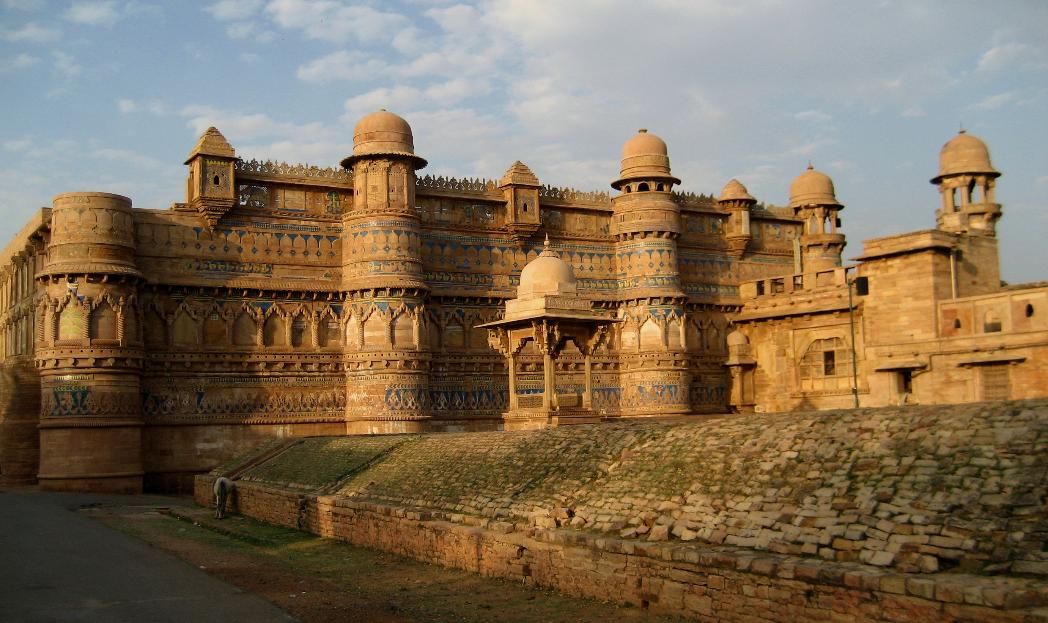
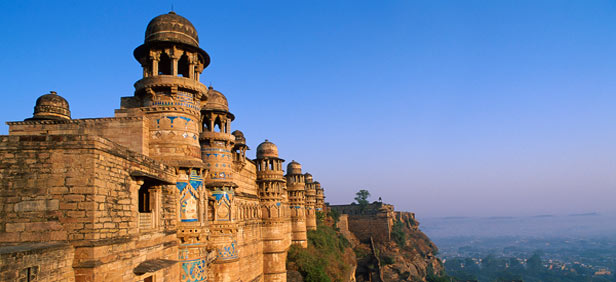
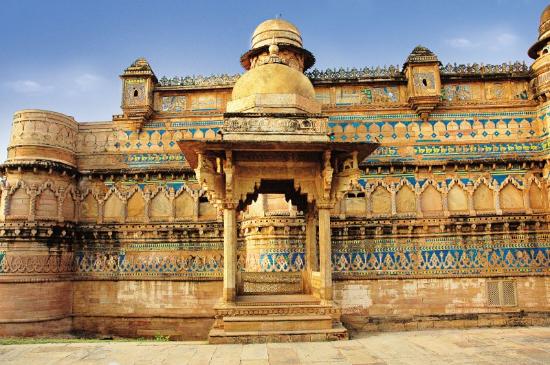
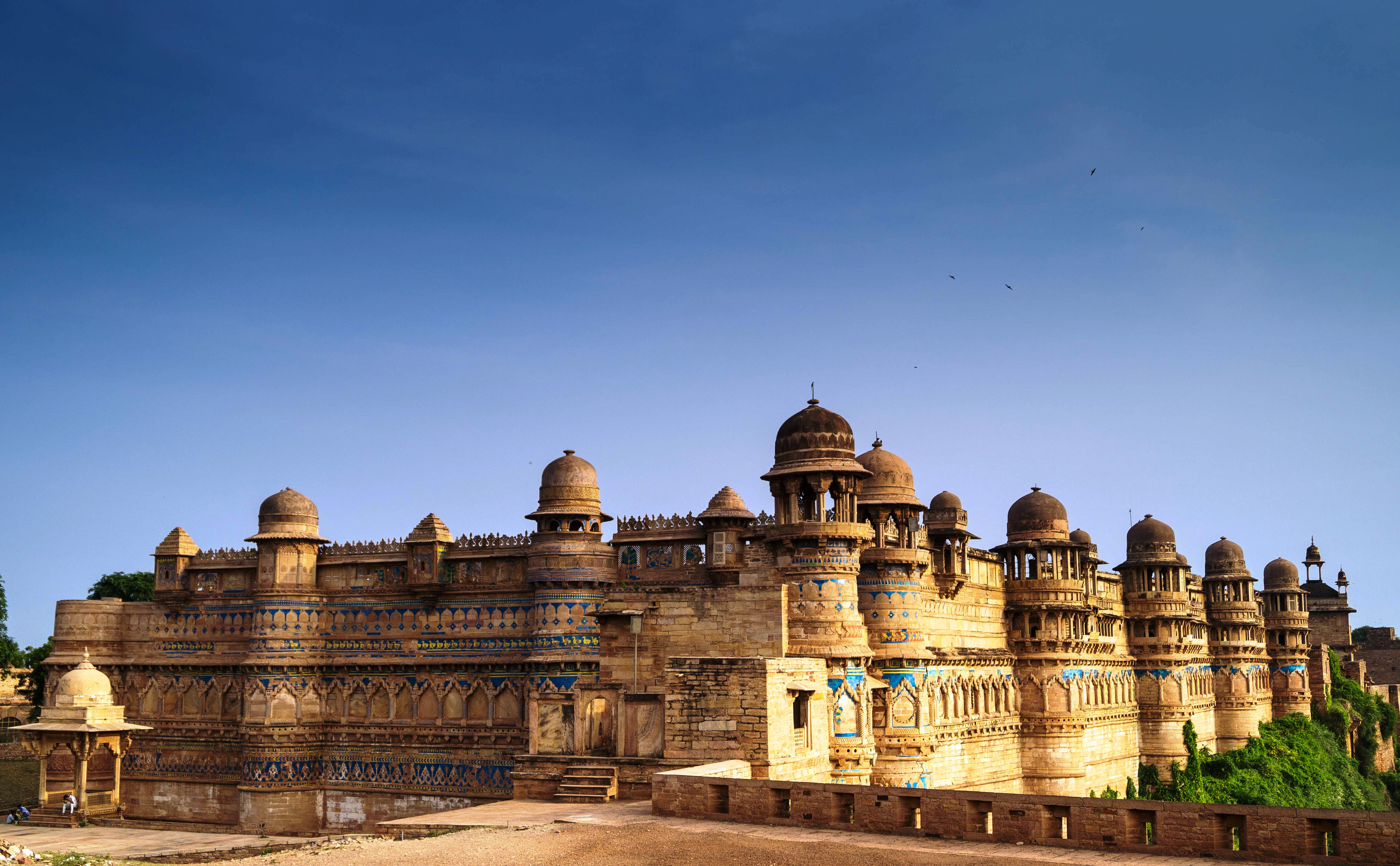
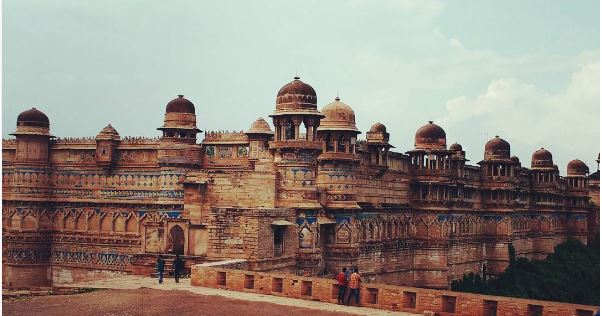
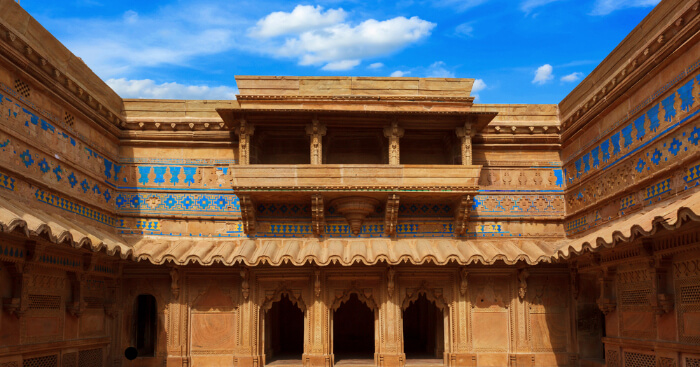
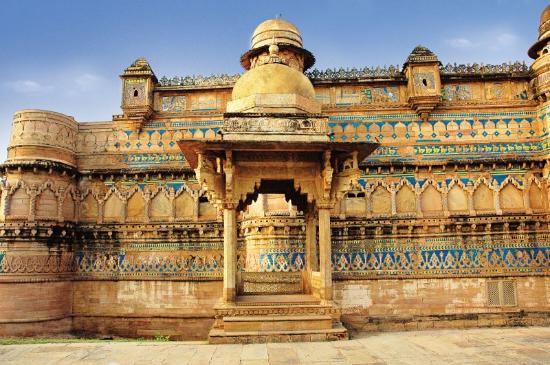
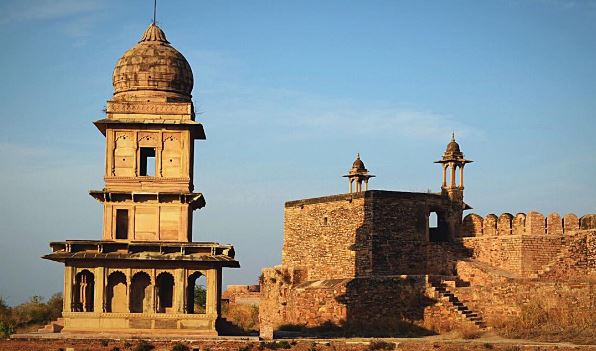
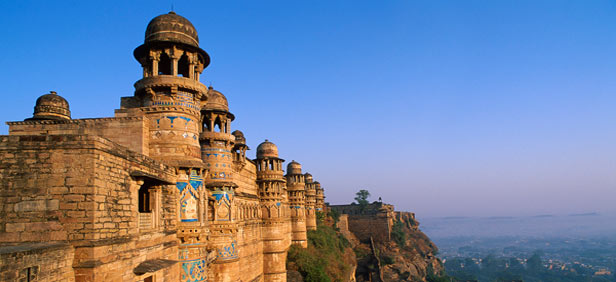

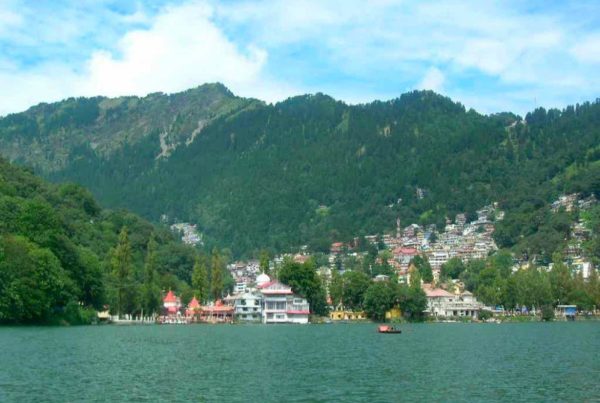
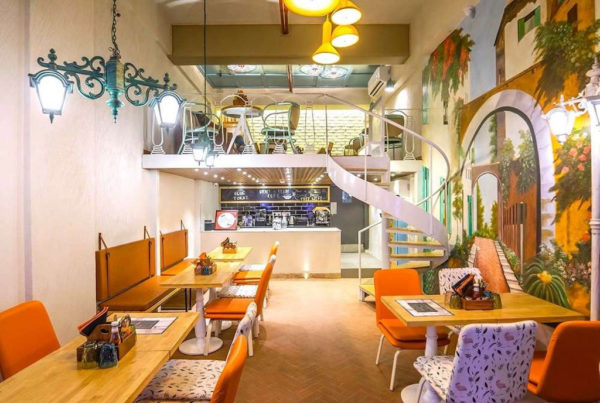
One Comment